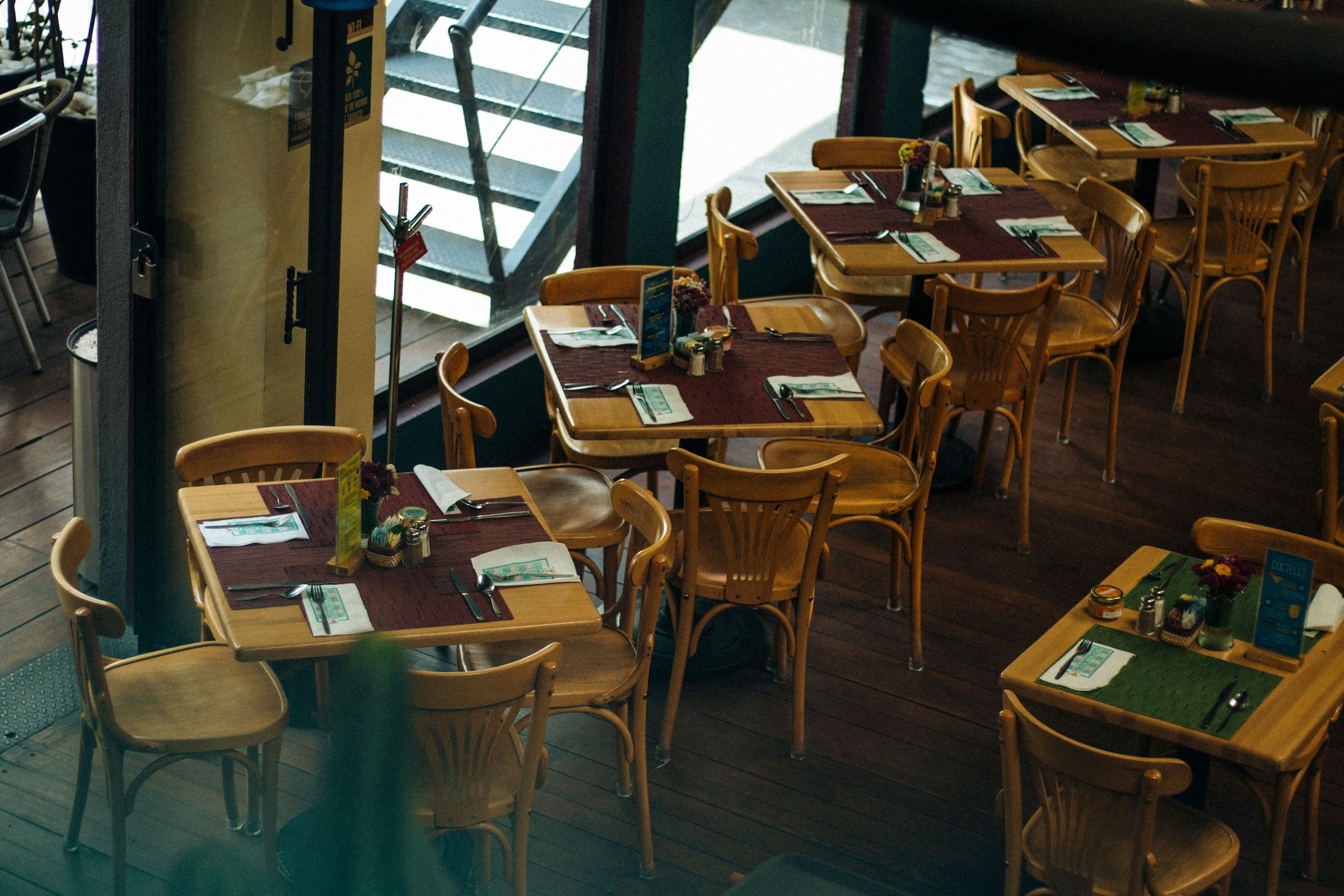In 2026, it’s hard to find an establishment that operates exclusively for dine-in service. Most restaurants have transitioned to a hybrid model: both dining room and delivery operate in parallel.
But approaches to this hybrid model vary greatly. Some view delivery as a nice bonus to their main business, while others take this direction seriously and suddenly discover that delivery revenue can exceed dine-in sales. Why this happens is no mystery.
- Rent eats up a huge portion of profit, especially if you didn’t guess right with the location.
- Utilities also hit hard on your wallet, as tariffs for businesses are higher than for regular consumers.
- Plus maintaining a large space, interior design, and front-of-house staff.
With delivery, everything is simpler: less dependence on physical location, greater flexibility in scaling. If you properly integrate a delivery system, you can win big. Let’s break down exactly how.

Step 1. Order Automation
When you accept orders through different channels (phone, messengers, aggregators, your own website), chaos is guaranteed.
To improve restaurant efficiency, you need a centralized system. All orders, wherever they come from, arrive at one point and automatically go to the kitchen. For example, specialized restaurant delivery software like Delivety allows you to unite your POS system, Kitchen Display System, and menu builder into a single ecosystem. This means the chef sees the order on screen immediately after the customer clicks “order” on your website.
Restaurants with automation handle 40% more orders during peak hours without additional staff. That’s real savings and increased throughput.
Step 2. Optimizing Menu for Delivery
One of restaurateurs’ careless decisions is offering their entire menu for delivery without changes. But dishes that look great in the dining room can turn into disappointment after 30 minutes in a thermal bag.
How to improve restaurant management through menu? First, test each item for transportability. Does the dish maintain its texture? Does it get soggy? Does it cool down critically? Sometimes it’s worth reviewing packaging or even changing the recipe for delivery.
Second, analyze the data. Which dishes are ordered most frequently? Which ones get returned? Specialized management systems collect this analytics automatically. You might see that Caesar salad sells poorly in delivery because the lettuce wilts, but quinoa bowls fly off the shelves.
Some restaurants create exclusive items only for delivery, and it works. It’s better to remove some positions than to ruin your establishment’s impression with an unpresentable dish.
Step 3. Staff Management and Areas of Responsibility
In a hybrid model, kitchen staff often get torn between dining room and delivery orders. The result — delays in both directions.
To improve restaurant operations, first use a centralized method of receiving orders directly to the kitchen, and second, divide dish control tasks among the team. Assign a separate person, this could be an expeditor chef who’s responsible for packaging and quality control before dispatch. Or a delivery manager who coordinates couriers and tracks timelines.
When everyone knows their area of responsibility and you see all orders in one place, efficiency grows exponentially.
Step 4. Integration with Technology: From POS to Analytics
Modern POS systems become your restaurant’s brain. They integrate with kitchen displays, inventory systems, loyalty programs, and delivery platforms. When everything works like clockwork, you see in real-time what’s happening: how many orders are in progress, which ingredients are running low, what’s today’s average check compared to last week.
It’s worth mentioning your own ordering website separately. If you only use aggregators, you give them up to 30% of each order plus lose customer contacts.
And analytics is a whole separate magic. When you see that on Mondays people mainly order sushi, and on Fridays — burgers, you can plan purchases more accurately and reduce food waste. Or notice that orders from a certain district have dropped, so it’s worth launching targeted advertising there.
Emerging Trends Impacting Restaurant Operational Efficiency
Several transformative trends are already shaping the restaurant industry and are expected to gain even more momentum by 2026, influencing how establishments operate and compete.
- AI Technologies in Action: Artificial intelligence is reshaping restaurant operations beyond simple chatbots. Domino’s Pizza has implemented AI-powered predictive ordering systems that analyze historical data, weather patterns, and local events to forecast demand with remarkable accuracy. This allows them to optimize ingredient stock levels and staff scheduling, reducing waste by up to 25%. Similarly, some establishments are using AI-driven cameras in kitchens to monitor food quality and ensure consistency across shifts.
- Cryptocurrency Payment Integration: Although still emerging, crypto payments are rapidly gaining traction. Burger King in select European locations now accepts Bitcoin and Ethereum through partnerships with payment processors like BitPay. This appeals particularly to younger demographics and international customers who prefer avoiding currency exchange fees. The technology also enables faster settlement times compared to traditional credit card processing.
- TikTok-Driven Menu Trends: Social media virality has become a powerful force in menu planning. The Dubai chocolate phenomenon exemplifies this perfectly — when videos of pistachio-filled chocolate bars with crispy kadayif went viral, restaurants worldwide scrambled to create similar offerings. Within weeks, establishments from New York to Tokyo introduced “Dubai-style” desserts, capitalizing on the trend while it peaked. Smart restaurateurs now monitor TikTok trends weekly, creating limited-time offerings that ride viral waves. This approach can generate 200-300% spikes in foot traffic during trend peaks.
- Pop-Up and Temporary Concepts: A growing number of establishments are launching with intentional expiration dates. These venues lease locations for 60-90 days, create intense marketing around their limited availability, and either relocate or close entirely. This model reduces long-term lease risks, creates urgency-driven demand, and allows chefs to experiment with concepts without massive capital commitment. Cities like London and Los Angeles have seen these temporary restaurants achieve profitability within their first month due to the scarcity-driven customer interest.

How to Improve Restaurant Management and Stay Competitive
The restaurant business in 2026 simply requires an effective food delivery system. To survive and thrive, you need to work systematically on this direction:
- Automate order reception and integrate all sales channels
- Create a menu specifically for delivery considering transportation
- Divide staff areas of responsibility between dining room and delivery
- Use modern technologies for analytics and management
- Constantly optimize processes, look for bottlenecks
The hybrid operating model opens new opportunities but requires a thorough approach to software selection. Those who take delivery seriously and implement the right tools get profits equal to or higher than dine-in revenues.
